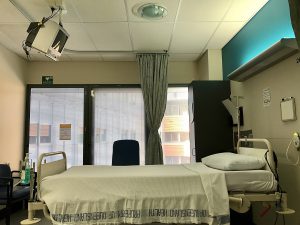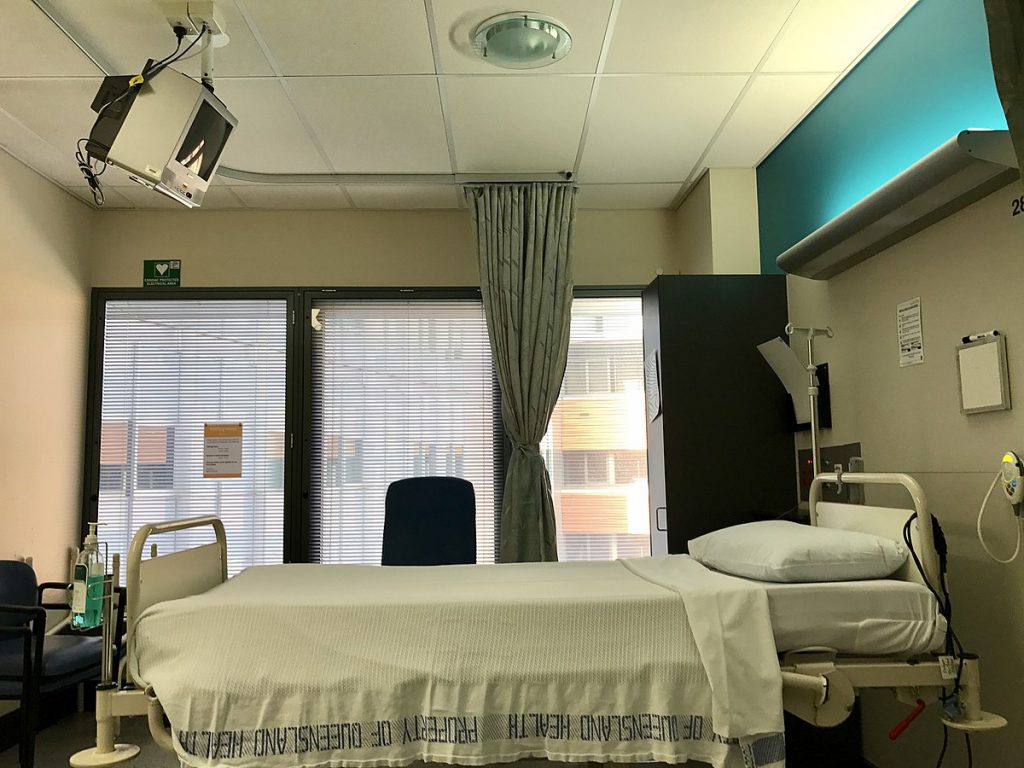
Another quick post here. “Severe acute respiratory syndrome coronavirus 2 RNA contamination of inanimate surfaces and virus viability in a health care emergency unit.” One of several studies that have found the presence of viral RNA in a healthcare setting, but who were unable to culture virus from surfaces there. Abstract below:
Objectives
To detect possible severe acute respiratory syndrome coronavirus-2 (SARS-CoV-2) RNA contamination of inanimate surfaces in areas at high risk of aerosol formation by patients with coronavirus disease 2019 (COVID-19).
Methods
Sampling was performed in the emergency unit and the sub-intensive care ward. SARS-CoV-2 RNA was extracted from swabbed surfaces and objects and subjected to real-time RT-PCR targeting RNA-dependent RNA polymerase and E genes. Virus isolation from positive samples was attempted in vitro on Vero E6 cells.Results
Twenty-six samples were collected and only two were positive for low-level SARS-CoV-2 RNA, both collected on the external surface of continuous positive airway pressure helmets. All transport media were inoculated onto susceptible cells, but none induced a cytopathic effect on day 7 of culture.Conclusions
Even though daily contact with inanimate surfaces and patient fomites in contaminated areas may be a medium of infection, our data obtained in real-life conditions suggest that it might be less extensive than hitherto recognized.
